| |
|
|
|
"Next Generation" report show enormous potential for appliance standards
ASAP and ACEEE recently published a report entitled:
Next Generation Standards: How the National Energy Efficiency Standards Program Can Continue to Drive Energy, Economic, and Environmental Benefits, which explores the future savings potential for national efficiency standards.
In the report, ASAP and ACEEE sought to answer two key research questions:
- With so much progress to date, especially over the past eight years, what is the potential for future savings with updates to existing standards?
- What strategies could be employed to further increase savings available from standards?
To answer the first question, the authors developed product-by-product estimates of the potential future savings for 45 of the roughly 55 products currently included in the national standards program and for which the next update is due after January 2017 (i.e., after the inauguration of the next president). Part I of the report finds that standards completed during the next eight years could meet or beat the considerable progress achieved during the Obama Administration.
Part II of the report provides five recommendations for DOE actions that could increase the savings potential from future DOE standards. These recommendations take into account recent trends and approaches that have worked in the past to increase savings.
The infographic below details some of the findings. Read the
Executive Summary or
full report.
LInk to Next Generation report |
|
Reality for TVs: Some manufacturers exploiting testing loopholes
 On today's reality TV shows, someone usually gets booted off the island or kicked out of the house. In the real world of TVs, it turns out that consumers are getting the boot - to the tune of $1.2 billion in increased electricity bills. In a new report, NRDC and its consultant ECOS Research determined that televisions from 3 major manufacturers consumed more energy (in some cases, more than double the energy) than the amount claimed by these manufacturers.
On today's reality TV shows, someone usually gets booted off the island or kicked out of the house. In the real world of TVs, it turns out that consumers are getting the boot - to the tune of $1.2 billion in increased electricity bills. In a new report, NRDC and its consultant ECOS Research determined that televisions from 3 major manufacturers consumed more energy (in some cases, more than double the energy) than the amount claimed by these manufacturers.
According to NRDC's Noah Horowitz, "The extra electricity required over the lifetime of these TVs (32 inches and above) would be enough to power all the homes in Los Angeles for a year and create an additional five million metric tons of the dangerous carbon dioxide pollution fueling climate change."
NRDC's testing of TVs suggests that some manufacturers may have designed their TVs to detect when the special video clip used in the ENERGY STAR and ENERGY GUIDE test procedures is being played, and "to 'optimize' their TV's performance to reduce power." One TV's power consumption dropped 58% when the test clip was played, compared to when real-world content was played.
|
|
DOE takes major step forward in advancing new furnace efficiency standard
Blog post by Andrew deLaski
September 6, 2016
The US Department of Energy (DOE) released a revised proposal for home furnace minimum energy efficiency standards, the latest step in a long-running docket to update the original standards which took effect in 1992 and have been largely unchanged since then. Under the Supplemental Notice of Proposed Rulemaking (SNOPR), most new furnaces would reach an efficiency of at least 92%. The big difference between this proposal and the original proposal issued last year is that DOE has created a class of small furnaces and proposed to leave the standard unchanged at 80% efficiency for these products. ASAP and ACEEE along with several manufacturers, utilities, and consumer groups endorsed the concept of a separate class for small furnaces.
ASAP is supporting DOE's proposed small furnace breakpoint of 55,000 btu/h, but recommending that DOE increase the minimum standard for larger furnaces to 95 AFUE.
|
|
The lighting revolution marches on
By Chris Granda
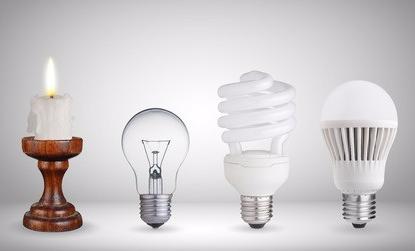
In the May 2016 ASAP newsletter, we reported on DOE's historic
proposed light bulb efficiency standards that would require adoption of very efficient (solid state, primarily LED) lighting technology by January 2020. The final rule is expected by the end of 2016. In the meantime, the lighting markets and technologies continue to evolve.
Read more here about DOE's latest lighting market forecasts, the latest NEMA data on the current market, DOE's new LED test procedure, and the surprisingly large energy use of some "smart" LED light bulbs.
|
|
Industry and efficiency proponents agree on big efficiency gains for pool pumps
Press release
July 29, 2016
Consumers to save up to $28 billion
Swimming pool owners will see a huge drop in their monthly utility bill thanks to a consensus agreement between industry, efficiency proponents, and other interested parties for the first national efficiency standards for pool pumps that was approved today by a US Department of Energy advisory committee.
With more than 5 million in-ground and 3.5 million above-ground pools in the U.S. the national energy and financial savings from more energy efficient pumps will be significant. Based on DOE's analysis, the standards will save more than 400 billion kilowatt-hours (kWh) of electricity over 30 years of sales or the equivalent amount of electricity used annually by 37 million U.S. households, making it one of the biggest energy savings standards completed this year. Most of the savings will come from switching from single speed pumps to variable speed pumps, which can change their speed as needed, speeding up to clean the pool or slowing down and saving energy when filtering the water.
|
|
Standards proposed for cooking products and walk-in coolers
Blog posts by Joanna Mauer
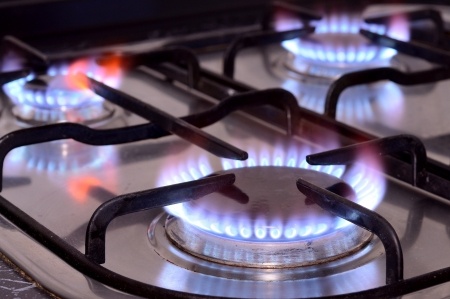
Cooking products:
(8/17/2016)
The US Department of Energy (DOE) issued a proposed rule for new standards for residential cooking products. The proposed standards are based on straightforward measures that would significantly reduce energy waste while maintaining all the features available to consumers today. In particular the proposed standards would cut standby power consumption.
Read the blog post
Walk-in coolers and freezers:
(8/30/2016)
A long process to establish the first efficiency performance standards for walk-in coolers a
nd freezers is now just one step away from
a successful conclusion. Today the US Department of Energy (DOE) issued proposed standards for certain types of walk-in cooler equipment based on a negotiated agreement between manufacturers and efficiency advocates.
|
|
Sales of "rough service" incandescent bulbs will trigger DOE action
 In a memo submitted to DOE on September 20, 2016, NEMA, the lighting industry trade organization, corrected previously submitted data, indicating that they
understated 2015 shipments of rough service incandescent lamps by over 4 million units.
In a memo submitted to DOE on September 20, 2016, NEMA, the lighting industry trade organization, corrected previously submitted data, indicating that they
understated 2015 shipments of rough service incandescent lamps by over 4 million units.
Under the 2007 Energy Independence and Security Act (EISA), five categories of incandescent lamps are exempt from energy efficiency standards, but are subject to market monitoring to ensure that these exemptions do not create loopholes in the general service lighting standards. In March of this year DOE began a
rulemaking process for vibration service lamps after shipments of that category reached the trigger threshold in EISA.
According to NEMA's September 20 memo, in July they discovered a data reporting error for an additional category of "rough service" lamps that had resulted in a significant under-reporting of shipments going back to 2014. NEMA's memorandum goes on to state that, based on corrected numbers, shipments of rough service lamps exceeded the projected threshold for DOE action by 100% in 2015. The law requires DOE to conduct an accelerated efficiency standards rulemaking when the threshold has been triggered.
|
DOE update 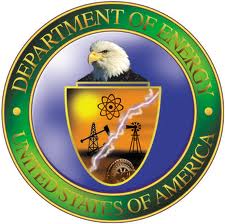
DOE actions below are in addition to actions highlighted in articles and blog posts above. This edition brings you several updates to test procedures.
Dedicated-Purpose Pool Pumps
DOE has published a proposed test procedure for dedicated-purpose pool pumps. The most common pool pumps are pumps that circulate and filter pool water. The proposed test procedure has specific provisions for testing single-speed, two-speed, and multi- or variable-speed pumps and is based on recommendations from a working group comprised of pool pump and motor manufacturers and efficiency advocates. The same working group also negotiated the first efficiency standards for pool pumps, and the new test procedure will be the basis for these new standards. (See above article on pool pump standards)
Central AC and Heat Pumps
DOE's new residential central air conditioner and heat pump test procedure should finally close the "dry-ship" loophole which had enabled ongoing sale of outdoor units not meeting current standards. The new test procedure rule also updates certification requirements. Perhaps most importantly, the rule contains long-awaited updates which, because they affect measured energy efficiency, will take effect with next round of
new standards. External static pressure, heating load, fan power and heat pump performance at low ambient temperatures all get a much-needed makeover. Our
comments submitted to DOE earlier this month explain more.
Battery Chargers
DOE published a final rule establishing new energy efficiency standards that will cover most non-automotive battery chargers used in everything from cell phones to electric shavers. DOE initially proposed standards for battery chargers in early 2012 but new standards completed by California shortly thereafter set in motion big market changes. DOE found that the California standards affected sales nationally. DOE revisited its analysis, incorporating updated market information and engineering analysis. The new national standards are roughly in line with California's.
Ceiling Fans
DOE published a final rule establishing test procedures to measure the airflow efficiency of ceiling fans in cubic feet per minute per watt (CFM/W). The new test procedure applies to ceiling fans used in both residential and commercial/industrial applications and incorporates standby power consumption. The new test procedure will be the basis for new efficiency standards scheduled to be finalized later this year.
Miscellaneous Refrigeration Products
DOE published a final rule establishing test procedures for miscellaneous refrigeration products, which include wine chillers and other beverage coolers as well as products that combine a refrigerator and/or freezer with a wine storage compartment. The test procedures are similar to the current test procedures for conventional refrigerators and freezers. In 2015, manufacturers and efficiency advocates negotiated the first efficiency standards for miscellaneous refrigeration products, and the new test procedure will be the basis for measuring these new standards.
Portable Air Conditioners
DOE published a final rule establishing test procedures for portable air conditioners (ACs).
Portable ACs are similar to window AC units, except instead of being mounted in a window, portable ACs sit on the floor and exhaust hot air through a window using a duct.
The new test procedure calculates a weighted-average cooling efficiency based on outdoor temperatures of 95 F and 83 F. Portable ACs are currently not subject to efficiency standards. The new test procedure will be the basis for new standards scheduled to be finalized later in 2016.
|
|
State of the states
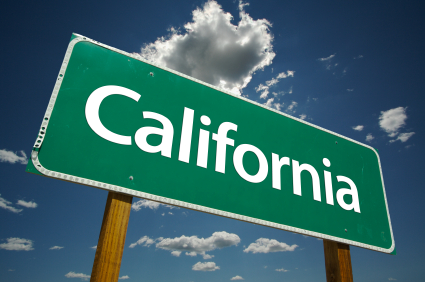 The California Energy Commission (CEC) has been busy... The California Energy Commission (CEC) has been busy...
On September 9, 2016, CEC released proposed efficiency standards for computers, computer monitors, and signage displays. The standards focus on reducing wasted energy in idle mode, when a computer is turned on but not in active use. Stakeholders will have another opportunity to comment on the proposal before the Commission takes a final vote by the end of the year. For more details, read the CEC press release and NRDC's blog post.
CEC is nearing the end of a 3+ year process to set standards for pool pump motors and portable electric spas. CEC's June 2016 proposal expands the scope of coverage for pool pump motors and sets standards according to the size and type of motors (those sold in combination with pool pumps or sold separately as replacements). The portable spa standards would reduce standby power use, set new test requirements and require labeling. If adopted, the standards would take effect January 1, 2019 for pool pump motors and January 1, 2018 for spas.
ASAP is working to update it's model state standards and savings analysis. Contact
Marianne DiMascio if you are interested in state standards opportunities.
|
|
Around the world - a sampling of standards-related happenings
 LEDs on the rise in China
LEDs on the rise in China
 Oh Canada!
Oh Canada!
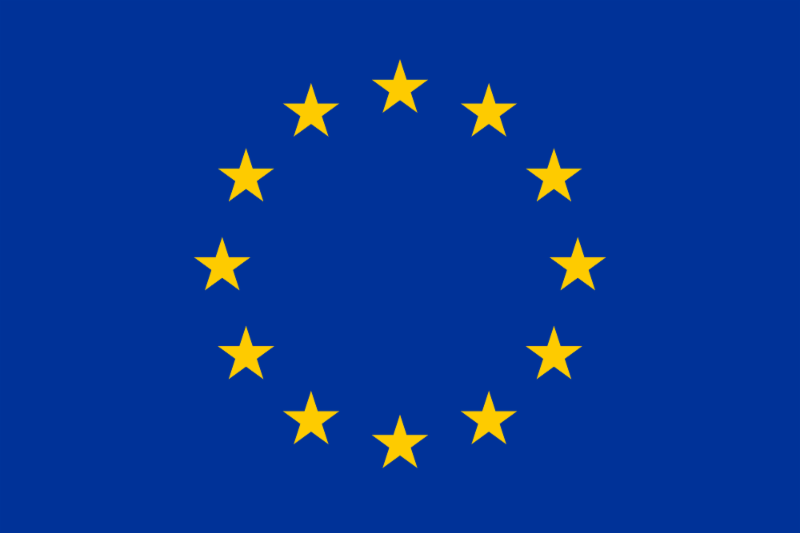 European Union European Union

Nigeria to enforce energy efficiency model
The Standards Organization of Nigeria is promoting labeling of lighting, refrigerators, and residential air conditioners as well as developing standards for these products.
Read more.
|
|
| |
|
For more info:
Marianne DiMascio, Appliance Standards Awareness Project [email protected]
339-933-8140 |
|
|
|
The ASAP Blog
Read our recent blog posts:
Furnaces
Walk-in coolers and freezers
Cooking products:
Uninterruptible power supplies:
Dehumidifiers:
New dehumidifier standards will help dry up energy use
|
|
Save energy, Save money
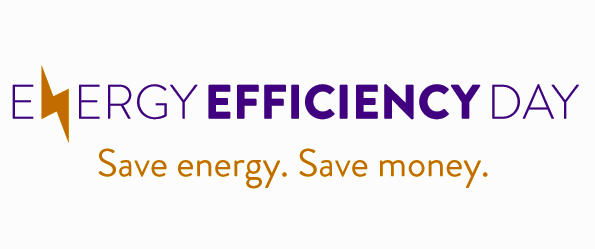 The first-ever nationwide
Energy Efficiency Day will take place on October 5, 2016. A network of over 100 organizations across the country will join together to promote the benefits of energy efficiency. For details on how to participate and to access the ready-to-use social media, contact
Marianne DiMascio.
|
|
|
Call for papers
The International Conference on Energy Efficiency in Domestic Appliances and Lighting (EEDAL) put out a call for papers for their 9th conference in Irvine, CA from September 13-15, 2017.
|
|
Battery charger questions?
|
|
As seen on DOE's website
New DOE study reveals options to replace global warming-causing chemicals used in air conditioning.
|
|
|
As seen on Pres. Obama's Facebook page
"Improving energy efficiency saves American families money and fights climate change - and President Obama has made it a priority"
The post links to a Washington Post article about the ASAP/ACEEE Next Generation report.
|
|
| |
| |
|